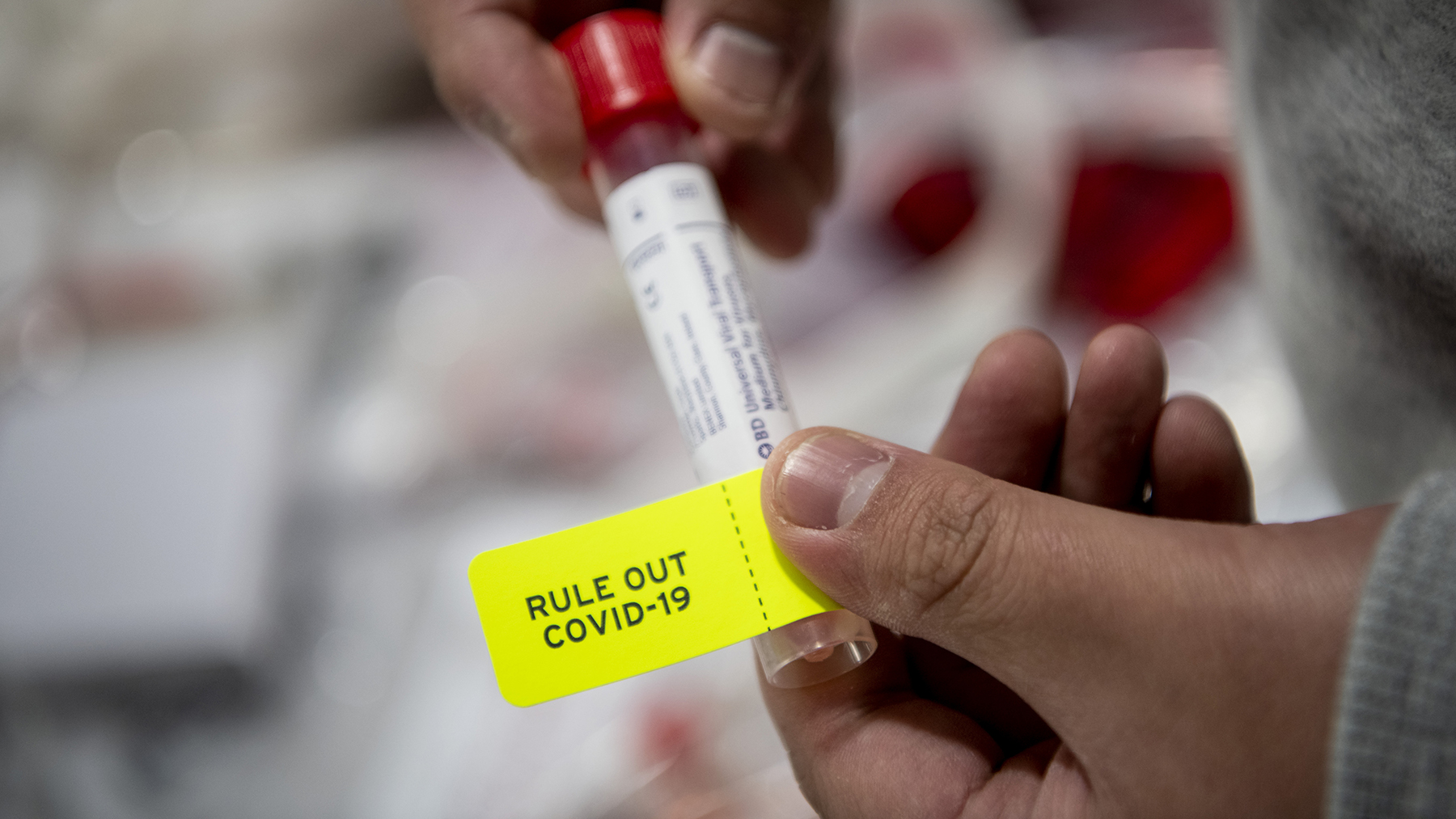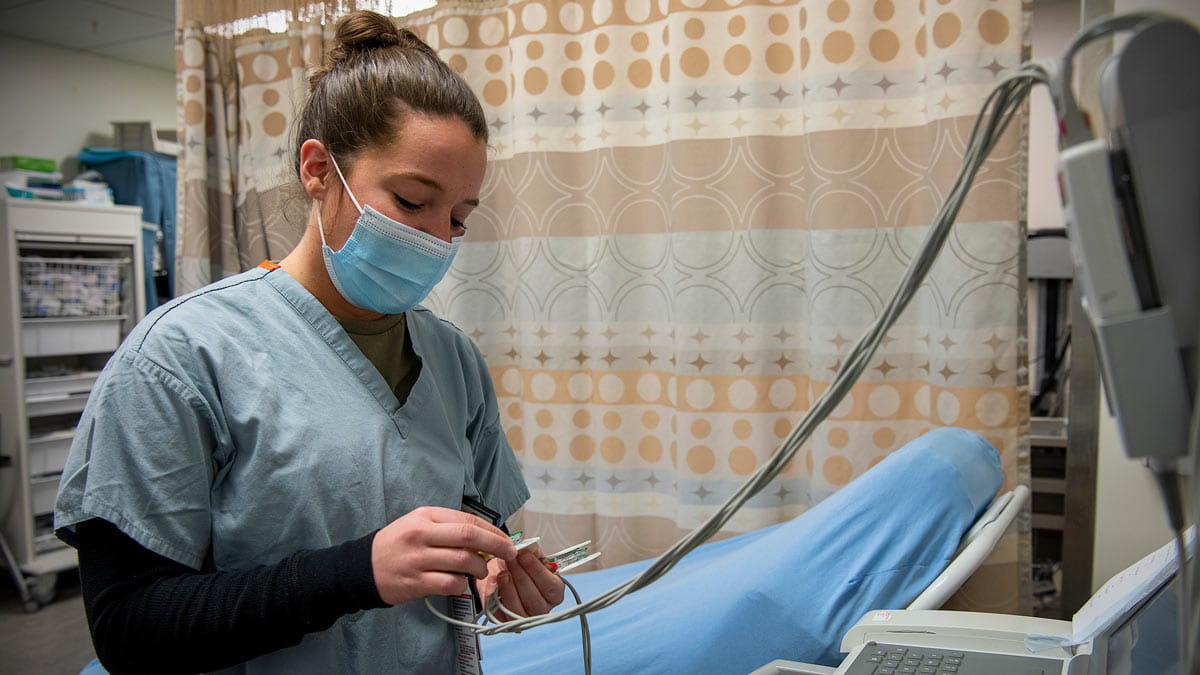CDC's new COVID-19 quarantine guidelines explained

Editor’s note: As what we know about COVID-19 evolves, so could the information contained in this story. Find our most recent COVID-19 blog posts here, and learn the latest in COVID-19 prevention at the Centers for Disease Control and Prevention.
The Centers for Disease Control and Prevention (CDC) recently updated its guidance when it comes to quarantining after potential COVID-19 exposure. What was once a recommended 14 days of quarantine can now be shortened to 10 or even 7 days under certain circumstances. Here’s what that could mean for you:
What does it mean to quarantine?
Those in quarantine should try to keep 6 to 10 feet of distance between themselves and another person, and avoid prolonged contact while in an enclosed space. They should also:
· Sleep in a separate room from others
· Practice strict cough etiquette (cover sneeze or cough with sleeve)
· Practice strict hand hygiene
· Avoid sharing utensils, dishware or drinking cups
· Wear a mask when sharing indoor space or when outdoors and unable to practice physical distancing
As the CDC explains: “Quarantine means separating a person or group of people who have been exposed to a contagious disease but have not developed illness (symptoms) from others who have not been exposed, in order to prevent the possible spread of that disease.”
How many days should someone quarantine after they’ve had a potential COVID-19 exposure?
It’s still safest to quarantine a full 14 days after exposure, and that is what the CDC recommends. But, depending on local circumstances and resources, new CDC guidelines suggest that 10 days may be sufficient, with the possibility to “test out” of a longer quarantine if all three of these conditions are met:
1. Your local health department recommends that 7-10 days could be a sufficient quarantine period
2. You are asymptomatic (have no COVID-19 symptoms)
3. You are tested for COVD-19 five days or later after exposure and receive a negative test result
Under those three conditions, the quarantine can be limited to as little as seven days. However, even under a shortened quarantine, you should still monitor yourself for COVID-19 symptoms if you’ve potentially been exposed.
Why did the CDC make this change?
The CDC hasn’t provided specific reasoning for the change yet. However, it’s reasonable to speculate that the 14-day quarantine could be eased because we now understand that it’s rare for someone to become symptomatic more than seven days after exposure.
A 14-day quarantine also has strained the workforce, particularly in health care, so allowing a 10-day quarantine when reasonable can reduce staffing challenges in many industries. This allows more workers to return to work earlier when their risk for spreading COVID-19 is low.
Iahn Gonsenhauser is the chief quality and patient safety officer at The Ohio State University Wexner Medical Center and an assistant professor in the Ohio State College of Medicine.




